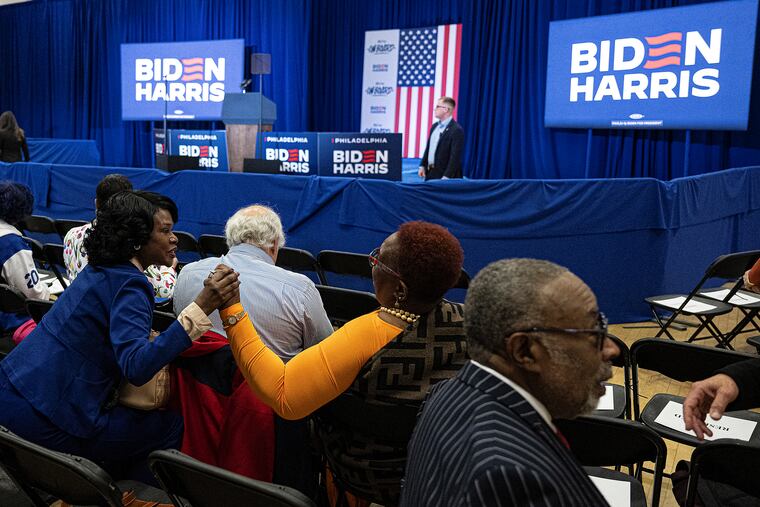Across Pa., 12% of Democratic voters snubbed Joe Biden. Not all of them live in big cities.
The president won the Democratic primary easily, but he also faced a swell of protest votes across the state. Here’s where those voters live and what it could mean for November.
